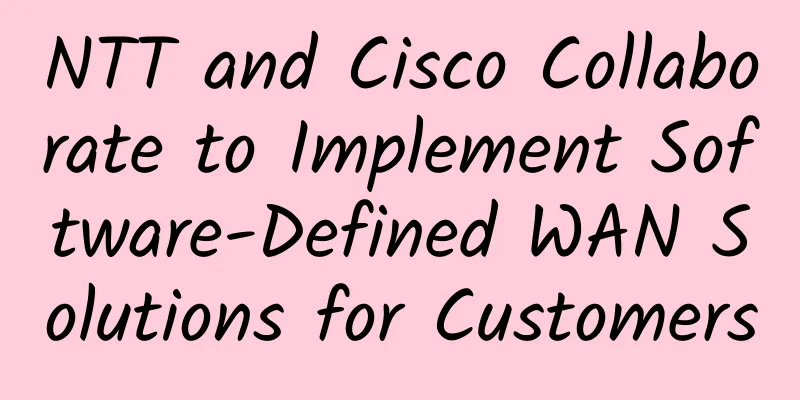What to do if the HTTPS certificate is forged?

|
The security of the HTTPS protocol relies on its certificate mechanism. If an attacker applies for a certificate that is exactly the same as your website, the security mechanism of your website will no longer exist. This article will talk about how to prevent HTTPS certificate forgery. Certificate hijacking If you want to deploy an HTTPS website, you must first apply for a certificate from a CA. After verifying the identity of the applicant, the CA will issue a certificate that contains the host name and public key of the applicant's website. The CA will also sign the entire certificate with its own private key, add the signature to the certificate file, and then send it to the applicant. Certificates are a critical part of the TLS protocol, and their main functions are:
The biggest problem with HTTPS certificates is the existence of forged certificates. Once a forged certificate appears, the security system will be very vulnerable. The reasons for forged certificates are as follows:
At this time, the certificate user may have the following confusion:
Certificate Transparency In order to solve the potential problems of certificates, Google proposed a solution, which is Certificate Transparency (CT). CT is a set of technical solutions that can audit and monitor the issuance and use of certificates to make them more transparent. It is not a substitute solution for certificates, but an effective supplement to certificates. Through CT, the following goals can be achieved:
The technology used by the CT log service is very similar to blockchain technology. Cryptography (Merkle hash tree) ensures that data can only grow, but modifications, insertions, and deletions will be discovered. Since the cost of auditing a single piece of data is not high, the auditor can be a separate service, a function of the observer, or even part of the client. Expect-CT To ensure that browsers can take action when accessing certificates that lack CT supervision (such as certificates accidentally issued by CAs), Google proposed adding a new Expect-CT HTTP Header, which is used to tell the browser to expect the use of certificate transparency services. The Expect-CT CT header allows sites to choose to report or enforce certificate transparency requirements, which can prevent site certificate errors from being ignored. When a site enables the Expect-CT CT Header, the browser will check whether the certificate used by the site appears in the public CT log, which can effectively avoid HTTPS threats such as man-in-the-middle attacks and make the site more secure.
There are two strategies to choose from when deploying, one is report-only and the other is enforcement. In the report-only strategy, the browser will send a report to the address set by report-uri if it does not receive valid CT information. For this strategy, you can set it as follows:
Under this policy, if the browser does not receive valid CT information, it will not terminate the connection, but will only send a report to the URI you specified. The second policy can be set as follows:
This tells the browser to enforce the CT policy and cache the state for 30 seconds. If the browser does not receive valid CT information, it will terminate the connection and send a report. After configuring the CT information correctly, you can set this time longer. |
<<: The Advancement of WiFi 6 Wireless Router Market Report for the First Half of 2020
>>: HTTP working principle and case analysis
Recommend
Look up to the sky with 5G, keep your feet on the ground with 4G
[[348928]] October 28 news: Although 5G has alrea...
5G+edge computing is in the first stage
On March 3, 2020, GSMA released the report "...
Several steps and tools for troubleshooting the network
Let me ask a question first. If one day you sudde...
Learn about three of the four types of switch messages in one minute: broadcast, multicast, and unknown unicast
With the development of the Internet, various app...
Array explains the way of "power and change" and how the NFP platform allows enterprises to be flexible and not constrained by IT
[51CTO.com original article] The interview with Z...
Simple test of BandwagonHost special price annual VPS (Softbank, Osaka, Japan)
Didn't I buy a VPS with annual payment from B...
Ministry of Industry and Information Technology: Plans to build 600,000 new 5G base stations in 2021
On January 26, the State Council Information Offi...
Use the PipedInputStream class and the PipedOutputStream class to learn about communication between pipe streams.
[[433836]] Hello everyone, I am a Java expert. Pr...
RAKsmart: US servers starting from $30, Hong Kong servers/cluster servers pre-sale, US cluster servers/1-10Gbps bandwidth servers/high-defense servers special offers
There is only one month left in 2020, and RAKsmar...
CheapWindowsVPS: $9/month KVM-4GB memory, 50G SSD hard disk, 1Gbps unlimited traffic, 9 computer rooms
CheapWindowsVPS is a foreign hosting company esta...
Teach you how to distinguish inferior cables
1. The harm of fake and inferior wires Electric w...
Operators remove many 4G packages to make way for 5G, user experience may be affected
Recently, China Mobile's online business hall...
Understanding Internet Protocol Security — IPSec
IPSec (Internet Protocol Security) is a security...
Telecom APIs: A critical IT tool for expanding services and improving customer experience
In recent years, enterprise communications have u...
On the eve of 5G, mobile phone companies should not panic
Not long ago, a video about 5G experience by &quo...









